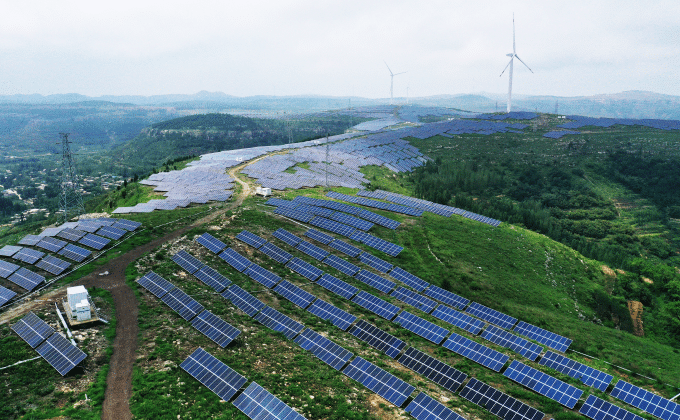Filter >>
Content Filter:
近日,北京城市副中心的绿心公园通过了国内外两项碳中和认证,成为北京市首个“全域零碳公园”。其中,园区的供热系统采用分布式光伏+地源热泵+水储热模式,将绿电利用到极致。储热作为热泵的“好搭档”,在各地低碳、零碳园区也相继涌现。 View Summary +

Thursday, 10 July, 3:00 p.m. CEST Sign up here As the markets for electric vehicles grow across the globe, it is imperative to ensure that power grids can provide additional, clean electricity. ‘Smart’ charging… View Summary +

Thursday, July 17, 10:00-12:00 (Brasília Time, BRT) Distribution System Operators (DSOs) are becoming critical enablers for integrating distributed energy resources and smart grid technologies into power systems globally. Agência Nacional de Energia Elétrica (ANEEL), under Brazil’s regulatory framework, establishes conditions… View Summary +
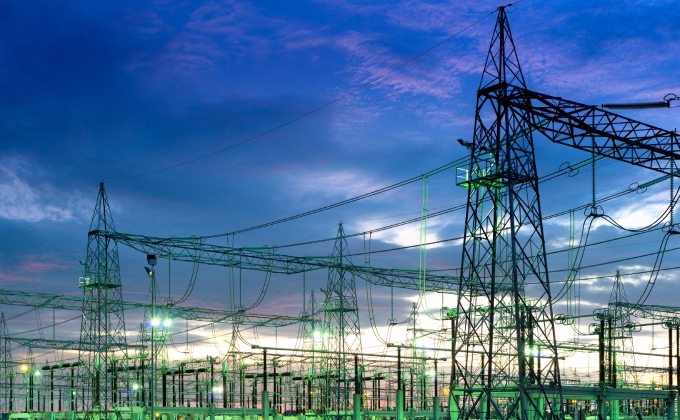
Join us at the Clean Energy Ministerial 16 meeting. Together with the Empowering Regulators for Accelerated Decarbonisation campaign, RAP is organizing a Regulatory Forum for senior leaders from ministries and regulatory agencies… View Summary +
Europe’s road freight sector is electrifying quickly, with strong projections for the uptake of electric heavy-duty vehicles (e-HDVs) in the coming years. But infrastructure isn’t yet keeping pace. Our infographic highlights the major barriers to freight electrification, including the rollout… View Summary +
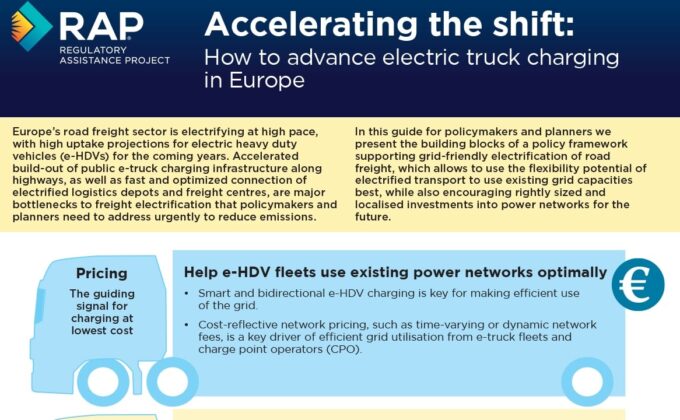
European industry is a very large user of heat: around 1,900 TWh each year for a range of low- to high-temperature processes. Electrification of this process heat has emerged as a key pathway for decarbonisation, resilience and modernisation of industry. View Summary +
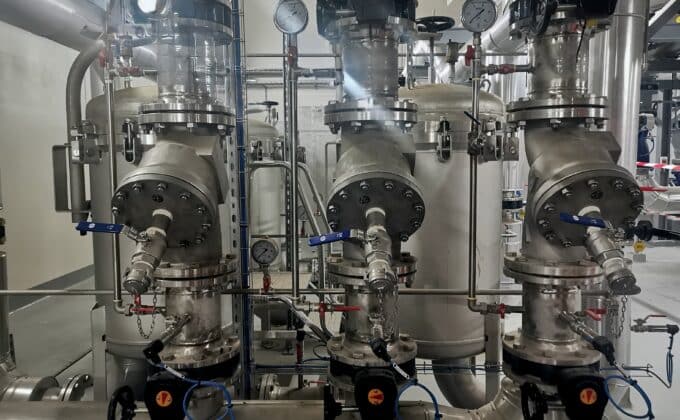
随着中国能源需求的不断增长以及可再生能源的大规模并网,平衡能源供需的挑战将日益增长。在可再生能源主导的电力系统中,保障电力系统安全稳定经济运行面临着全新挑战。电力系统不仅需要满足静态的“迎峰度夏”和“迎峰度冬”中的高峰用电需求,更需要妥善处理日间净负荷波动对电网的影响。解决这些挑战的一个重要手段是拓宽现有思路,积极探索费率设计和需求侧管理等政策的迭代,制定能够反映电网供需变化的动态智能电价体系。 View Summary +
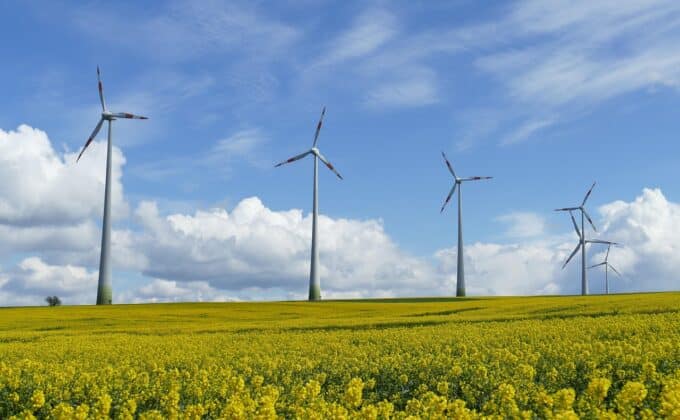
Building on the European Green Deal, the European Commission has adopted a new business plan for Europe – the Clean Industrial Deal. The plan aims to address the “climate crisis and its consequences, competitiveness concerns and economic resilience.” A… View Summary +

自2020年起,虚拟电厂受到了上到中央政府机构、省级政府,下到市级、区级政府的广泛关注。虚拟电厂作为电力系统的“智能管家”迅速崛起,离不开星罗棋布的分布式资源与电网灵活调度需求的紧密契合。然而,尽管理论上虚拟电厂能够聚集这些分布式资源,但受多重掣肘牵制,难以形成合力,仍有很大一部分基于地方需求的电网服务尚未获得充分重视,这类服务可以成为其重要增收来源。这些地方电网服务的特点是由地市级调度解决地市内部分台区、线路的潮流阻塞、电压跌落等问题,或是对各种电力市场中精确的位置信号作出响应。 为虚拟电厂建立可持续的商业模式的关键在于进一步完善虚拟电厂的多维价值激励机制,为虚拟电厂提供的服务进行相应的回报。目前,关于虚拟电厂的主要讨论仍聚焦于自上而下的顶层设计上,因此本文将在这些讨论的基础上,从国际比较和案例分析的角度入手,更详尽地介绍虚拟电厂地方服务的激励机制,以及如何将其纳入虚拟电厂的三个主要收入来源,即零售市场、批发市场和需求侧响应项目。本文将以现行项目架构及电力市场机制为基础,结合美国纽约虚拟电厂补偿机制的实践经验与启示,系统梳理不同收益渠道的现行激励政策,并针对性地提出各环节的优化路径。 作者采访版刊登于《中国能源观察》5月刊。 This report is also available in English. View Summary +
